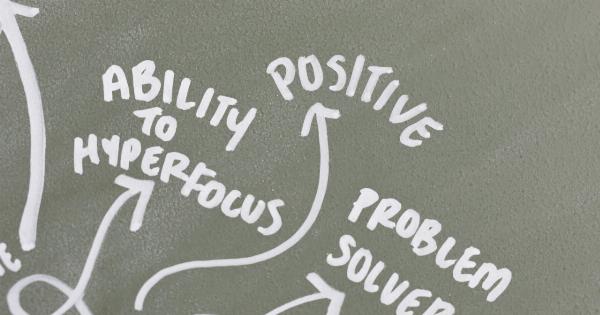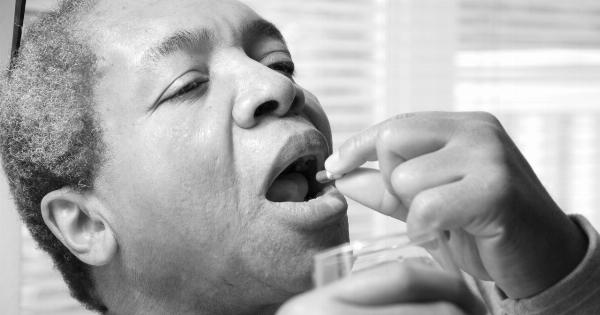Pain is a complex and subjective experience that can be influenced by various factors, including mental states. Mental states, such as stress, anxiety, and depression, have been found to impact pain sensation and perception.
This article explores the relationship between mental states and pain, and how understanding this connection can lead to improved approaches for pain management.
The Mind-Body Connection
Research has long recognized the intricate connection between the mind and the body. The way we think and feel can have a profound impact on our physical well-being, including pain perception.
This mind-body connection is particularly relevant when it comes to pain sensation.
Stress and Pain
Stress is a common mental state that can influence pain. When a person is stressed, their body releases stress hormones, such as cortisol, which can heighten the perception of pain.
Additionally, stress can also exacerbate existing pain conditions, making them more intense and difficult to manage.
Anxiety and Pain
Anxiety is another mental state that can impact pain sensation. When a person is anxious, their body goes into a heightened state of alertness, making them more sensitive to pain.
This increased sensitivity can make even minor discomfort feel more intense.
Depression and Pain
Depression, a mood disorder characterized by persistent feelings of sadness and loss of interest, has also been linked to changes in pain perception. People with depression often experience heightened pain sensitivity and lower pain tolerance.
The relationship between depression and pain is believed to be bidirectional, with each condition influencing and worsening the other.
Placebo and Nocebo Effects
The mind’s influence on pain perception is further demonstrated through the placebo and nocebo effects.
The placebo effect refers to the phenomenon where a person experiences a reduction in pain or improvement in symptoms after receiving a treatment that has no active ingredients. This effect highlights the power of belief and expectation in shaping pain perception. Conversely, the nocebo effect occurs when a person experiences an increase in pain or worsening of symptoms due to negative expectations or beliefs.
Psychosocial Factors
Psychosocial factors, such as social support, family dynamics, and cultural beliefs, also play a crucial role in pain perception.
A supportive social environment can help mitigate the impact of pain, whereas negative social interactions and limited support can amplify pain sensation. Moreover, cultural beliefs and expectations surrounding pain can influence how individuals perceive and communicate their pain experiences.
Cognitive Strategies for Pain Management
Given the significant influence of mental states on pain perception, cognitive strategies have emerged as effective tools for pain management.
Cognitive-Behavioral Therapy (CBT) is a widely used approach that focuses on identifying and modifying negative thoughts and behaviors associated with pain. By challenging distorted beliefs and developing healthier coping mechanisms, individuals can experience a reduction in pain intensity and improved overall well-being.
Mindfulness and Pain
Mindfulness practice, rooted in Buddhist traditions, has gained attention as a beneficial tool for managing pain.
By cultivating present-moment awareness and non-judgmental acceptance of pain, mindfulness can help individuals change their relationship with pain, reducing its impact on their lives. Numerous studies have shown that mindfulness-based interventions can lead to significant reductions in pain intensity and improvements in quality of life.
Effects of Positive Emotions
Positive emotions, such as happiness, joy, and gratitude, have been found to have analgesic effects, meaning they can reduce pain intensity.
Engaging in activities that elicit positive emotions, such as spending time with loved ones or engaging in hobbies, can provide temporary relief from pain. Additionally, positive emotions can also promote psychological resilience, enabling individuals to better cope with chronic pain.
Conclusion
The relationship between mental states and pain sensation is undeniable. Stress, anxiety, and depression can amplify pain perception, while positive emotions and cognitive strategies can help alleviate it.
By understanding and addressing the impact of mental states on pain, healthcare professionals can develop more comprehensive and effective pain management strategies to improve the lives of individuals experiencing chronic pain.



























